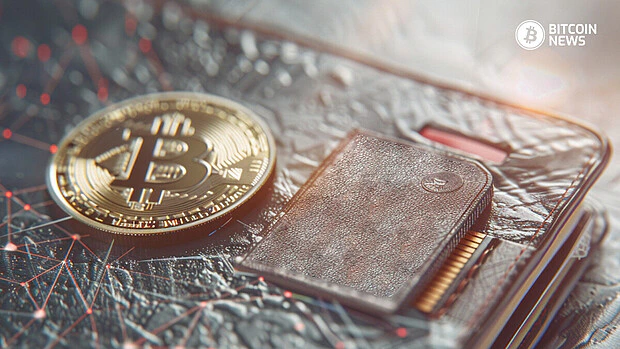Bitcoin operates on a decentralized network, eliminating the need for central authorities such as banks.
For individuals new to Bitcoin, acquiring a Bitcoin address is one of the initial steps. This article provides a comprehensive guide on how to get a Bitcoin address, ensuring a clear understanding of the process and the critical importance of securing digital wealth.
A Bitcoin address is a unique identifier that enables the receipt of bitcoin. Functioning similarly to an email address but for bitcoin transactions. A string of alphanumeric characters like “bc1qz2da7f9928hkmql2eghm58kqd1c0etfxk27a5v” is what individuals share with others to receive payments.
Before diving into the how-to, it is crucial to understand why a Bitcoin address is necessary:
- Ownership: It represents ownership of bitcoin stored on the blockchain.
- Security: Enables you to securely receive bitcoin transactions.
- Privacy: Allows for pseudonymous transactions, adding a layer of privacy.
Andreas M. Antonopoulos explains the difference between public keys and Bitcoin addresses.
He discusses how public keys are used in cryptographic operations and are essential for creating Bitcoin addresses. He also clarifies how addresses function as a user-friendly representation of public keys, making them easier to share and use for transactions.
How To Get a Bitcoin Address
1. Choose a Wallet
A Bitcoin wallet is a software application or hardware device that enables the generation of Bitcoin addresses and the management of bitcoin. There are various types of wallets, each with its own advantages and disadvantages.
- Software Wallets: These are applications that can be installed on a computer or mobile device. They offer convenience and are often free. However, they can be vulnerable to malware and hacking if the device is compromised.
- Hardware Wallets: These are physical devices that store bitcoin offline. They provide a high level of security against online threats and are considered one of the safest options for storing bitcoin.
Related: Bitcoin For Dummies | Understanding Basic Concepts
2. Download and Install the Wallet
Once a wallet type has been chosen, the next step is to download and install it from the official source. It is important to be cautious of phishing sites and to only download from reputable sources to avoid malware.
3. Set Up the Wallet
Follow the wallet’s setup instructions. Create a new wallet and set a strong password. Write down the recovery phrase (12-24 words) on paper or stamp it on a piece of steel and store it securely.
Avoid digital storage to prevent hacking. Verify the recovery phrase if required. This ensures you can recover your wallet if needed, safeguarding your bitcoin effectively.
4. Generate a Bitcoin Address
After setting up your wallet, you can generate a Bitcoin address. Here’s a general guide:
- Software Wallet: Open the wallet app, navigate to the “Receive” section, there you should find a generated address ready to receive funds.
- Hardware Wallet: Connect your hardware wallet to your computer or phone, open the associated application, and follow the prompts to generate a new address.
Sparrow Wallet is an excellent choice for both beginners and advanced users. It offers a user-friendly interface and advanced features like multiple transaction types, hardware wallet integration, and detailed transaction analysis, making it suitable for all levels of Bitcoin users.
Matthew Kratter from the YouTube Channel “Bitcoin University”, demonstrates how to download, install, and use Sparrow Wallet. It covers the features and functionalities of the wallet, including setup, creating a new wallet, importing existing wallets, and security options.
5. Secure the Wallet
- Backup: Ensure you have multiple backups of your recovery phrase. Store them in secure, separate locations.
- Update: Keep your software and hardware wallets updated to protect against vulnerabilities.
- Use Security Features: Enable two-factor authentication (2FA) and other security features offered by your wallet.
Remember these tips for using Bitcoin addresses:
- One-Time Use: For increased privacy, use a new Bitcoin address for each transaction.
- Verify: Always double-check the address before sending or receiving bitcoin to avoid errors.
- Monitor: Regularly monitor your wallet for any unauthorized transactions.
Getting a Bitcoin address is an important step for receiving Bitcoin transactions. By choosing a secure wallet, following proper setup procedures, and understanding how to manage addresses, one can make sure they can effectively and securely interact with the Bitcoin network.










